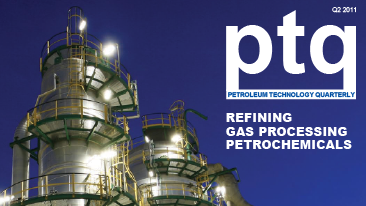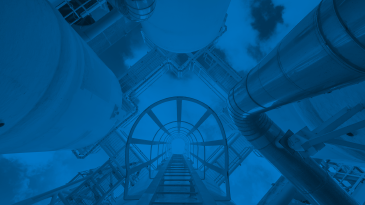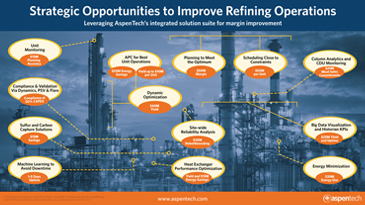A rare snowfall blanketed North Holland last week as more than 80 European refining and chemical leaders and technologists joined AspenTech for a margin improvement seminar at Schiphol Airport.
The topic of this seminar is an area we call “Unified Production Optimization,” which is to say, bridging the gap between planning and scheduling and operations and control in a refinery or petrochemical plant.
The opportunity is to dynamically and autonomously keep the process operating as close to the plan as possible. This is done both through incorporation of the plan’s economic targets in the optimization models and also through the intelligent feedback of plant data to drive the closed-loop process. But additionally, there is the opportunity to achieve more aggressive plans by pushing the plant performance limits upwards.
This is an exciting area for plant operators! We’ve talked about this for two decades, but it now becomes achievable — and, in fact, already demonstrably successful — because of the underlying digital technologies.
The European Perspective
Most of Europe’s refining and chemical assets are over 30 years old, operating in a low-demand-growth environment, and in a region with the highest sustainability awareness worldwide. This translates into a very strong interest and urgency around ways of capturing more margin through optimization.
A group of industry panelists pointed out that the upcoming IMO 2020 sulfur rules for ocean-going vessels will be economically disruptive for European refineries, and the companies represented view optimization a key way to successfully respond.
Also, the “simple” (i.e., low effort for the adopting refinery) integration that this autonomous optimization approach represents is a key need and driving force for refinery digitalization efforts. The panelists stated they want to see more of this in the coming weeks and months. They remarked that the initiatives in this area that AspenTech introduced during the seminar look very promising, and they look forward to them reaching the market as soon as possible.
Valero’s An Rigden, who oversees a dynamic optimization implementation at Valero’s Pembroke refinery in Wales, presented some compelling examples and use cases for the audience. He illustrated how effectively dynamic optimization (the GDOT technology owned by AspenTech) works at their refinery, how it has improved economics consistently over a multi-year period and how it has improved collaborative behavior. It has also changed decision-making around the ways to achieve digital transformation.
Pembroke is interesting in this context, since it is run very lean from a resources perspective, and it therefore accurately represents the environments of many of the refiners present at the meeting.
Opportunities for Margin Optimization
AspenTech’s Henrik Terndrup delved further into how the GDOT technology works and dovetails with planning and multivariate control (APC). He also outlined some of the main opportunity areas in a plant for achieving big margin results from this advanced technology. Some of the key areas he covered were middle distillates, residual conversion optimization, hydrogen and utilities, and olefins production.
Another topic covered was planning and scheduling, as well as the rapid innovation and advances that AspenTech is pursuing in that area.
MOL Group’s Tomáš Brezovszký, from their Bratislava refinery, presented a very interesting approach to managing uncertainty proactively in planning. MOL’s approach is made possible by the advanced Aspen PIMS-AO™ planning solution, enabling them to run hundreds of planning scenarios each planning cycle, and employing them to create decision dashboards for refinery stakeholders as the actual begins to deviate from the plan. The goal and result, of course, is improving the monthly margin of the refinery.
This, together with product manager Zafar Ali’s vision presentation, engendered a lot of discussion in terms of the increasingly strategic use of refinery planning within the digital transformation context.
This gathering was the sixth in a series of 11 seminars we are holding worldwide on the subject of digital transformation for margin optimization.
Reflecting on the upbeat, engaged and energetic discussion in frigid North Holland, it was clear the European operators face an entirely different set of challenges than the Asian refiners we’ll be meeting with in Indonesia. While Southeast Asia is embracing digital transformation and optimization to enable them to meet their market growth dynamics and young technical workforces, Europe is contending with older facilities, static demand, retiring experts and stringent sustainability imperatives.
Both constituencies, though, can address their core business challenges by optimizing with the end-to-end solutions that AspenTech is providing and continuing to innovate around.






Leave A Comment